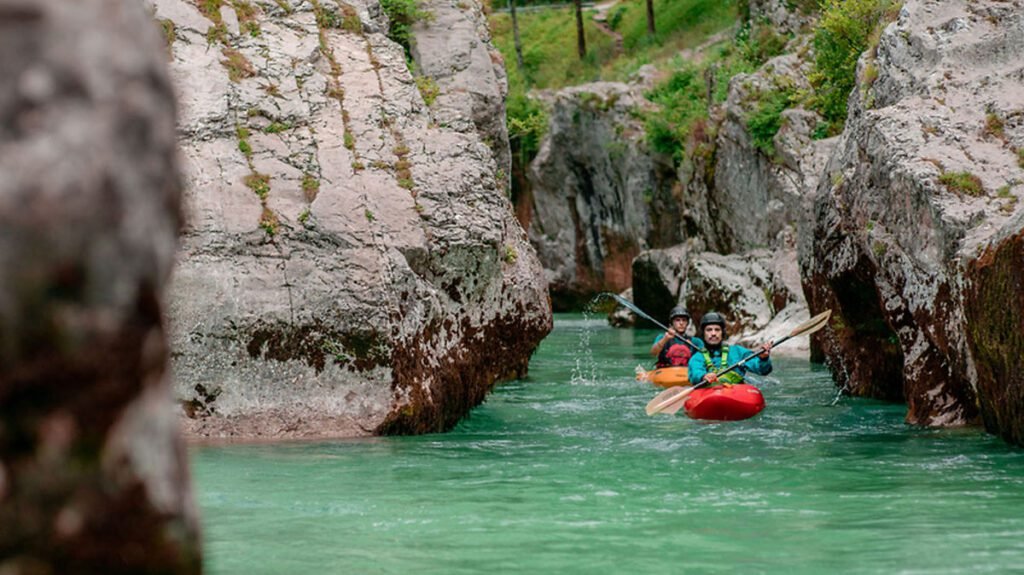One of the most exciting aspects of the European Capital of Culture designation is its ability to shine a light on lesser-known destinations across Europe. Launched in 1985 through a collaboration between Greek and French ministries of culture, this initiative aims to celebrate the diversity and cultural richness of EU member states. Being selected as a European Capital of Culture not only generates publicity but also allows second-tier cities to enhance their cultural offerings, which can lead to increased tourism and economic growth.
In 2025, the honor will be shared between Chemnitz, Germany, and a collaborative bid from Nova Gorica, Slovenia, and Gorizia, Italy. Notably, since Brexit, cities from the United Kingdom can no longer participate in this prestigious program.
An intriguing historical backdrop enhances the significance of the joint award for Nova Gorica and Gorizia. These two cities were once a single entity until 1947 when geopolitical changes divided them; Gorizia became part of Italy and Nova Gorica, part of the Socialist Federal Republic of Yugoslavia. After Slovenia’s entry into the EU in 2004, travel between the two cities became more accessible, enabling Nova Gorica, the less developed city, to flourish.
Exploring Nova Gorica: A Journey Through Time
Unlike Gorizia, which features medieval architecture, Nova Gorica presents a more contemporary landscape, packed with outdoor activities that cater to adventure enthusiasts. The city carries the poignant themes of war and peace, reflecting its historical context.
War and Peace Sites
Sabotin Hill is a prominent historical site that links scenic regions like the Vipava Valley, Brda, and the Soča Valley. Accessible by foot or bicycle, this area, rich in World War I history, features trenches, caverns, and the Park of Peace. This park serves as part of the Walk of Peace, a trail dedicated to preserving WWI heritage through its captivating landscapes, battle sites, cemeteries, and open-air museums.
Visitors can not only immerse themselves in historical experiences but also marvel at the breathtaking beauty of the Julian Alps and the Adriatic Coast while hiking or cycling.
Another notable site is Sveta Gora, which preserves remnants of the Great War along with a picturesque Franciscan monastery and basilica, inviting peace seekers and history buffs alike.
Cerje also stands as a significant stop on the Walk of Peace. Here, visitors can explore the Monument of Peace, housing historical artifacts and offering stunning views over the surrounding landscapes.
Adventure Awaits: Watersports and Scenic Walks
For those preferring aquatic adventures, Nova Gorica does not disappoint. The region boasts options for thrilling water sports on its lakes and rivers.
For instance, immerse yourself in the beauty of the Vipava River by trying stand-up paddleboarding, whether independently or by joining a guided tour that might include local sightseeing and wine tastings. If you’re looking for an adrenaline rush, consider the exhilarating kayak experiences at the Solkan Kayak Center on the Soča River.
If you prefer a leisurely afternoon, a gentle stroll around Most na Soci offers a serene landscape. Although the lake is artificial, it is surrounded by picturesque vistas.
For additional information and to explore municipal activities, consider downloading the GO! 2025 web app or check out BuleAR app to uncover Gorizia and earn rewards along the way.
As the European Capital of Culture title approaches in 2025, both Nova Gorica and Gorizia are primed to unveil their cultural diversity and rich histories, inviting visitors to discover the unique experiences they have to offer. Whether exploring the remnants of war, indulging in outdoor adventures, or delighting in local wines and flavors, this vibrant region is set to enchant all who visit.



